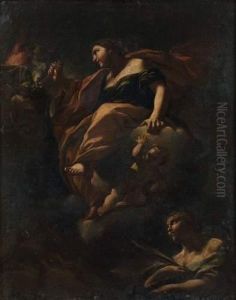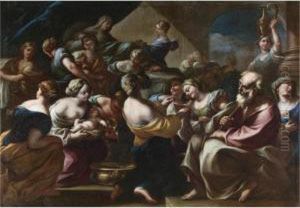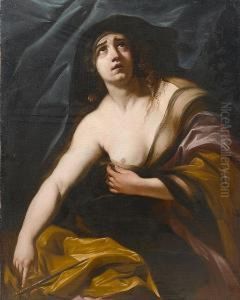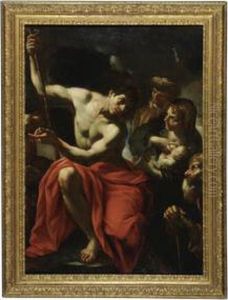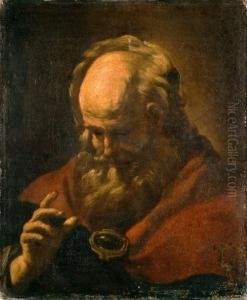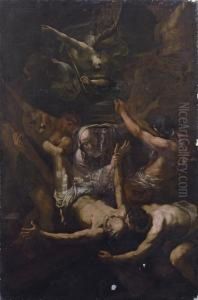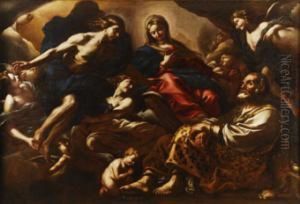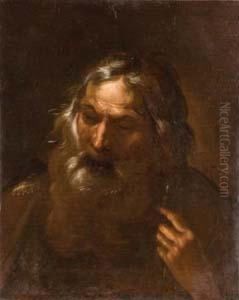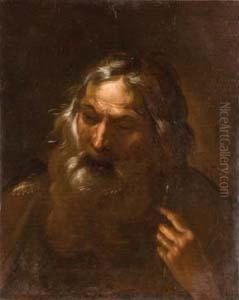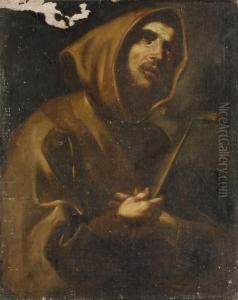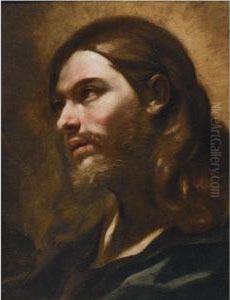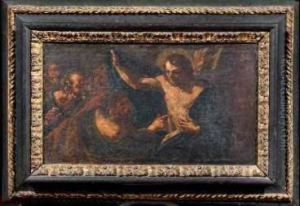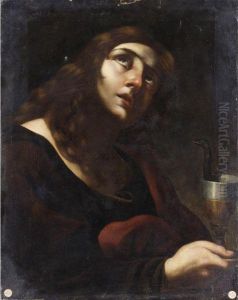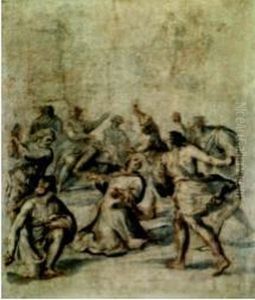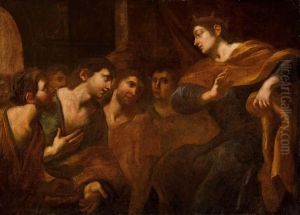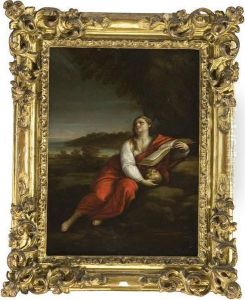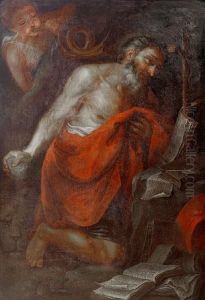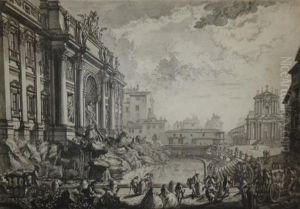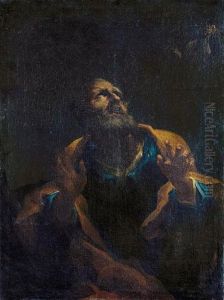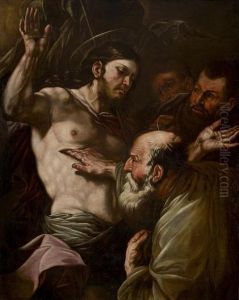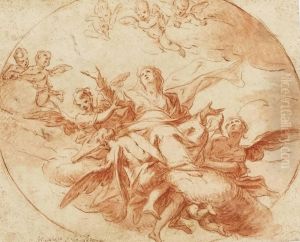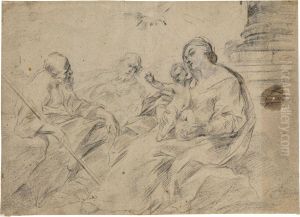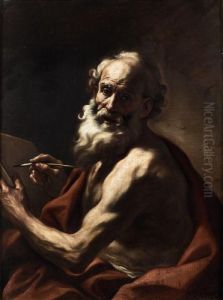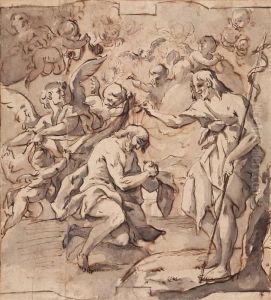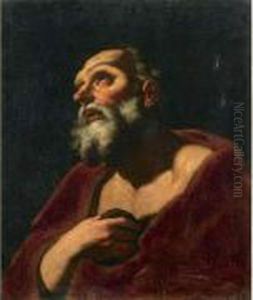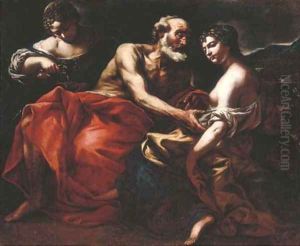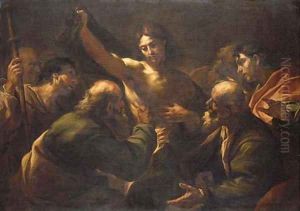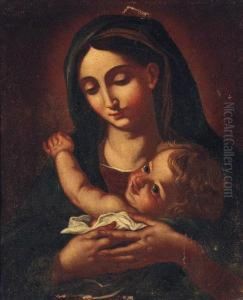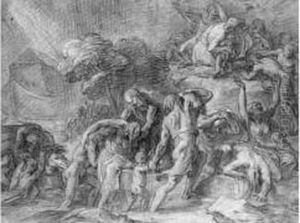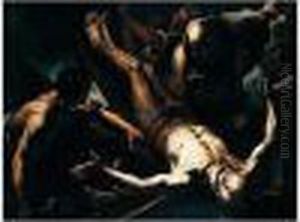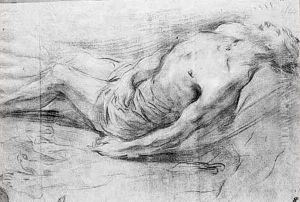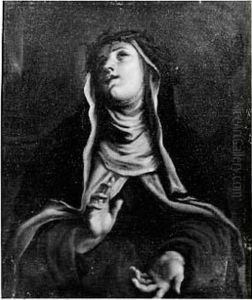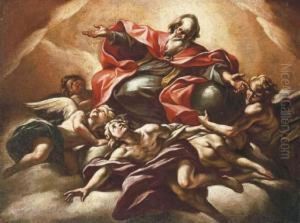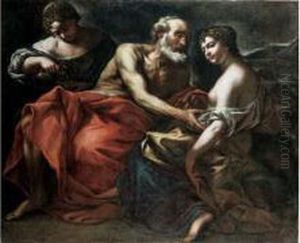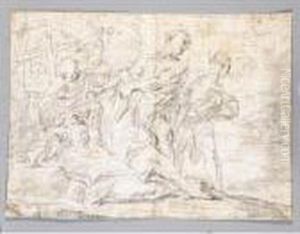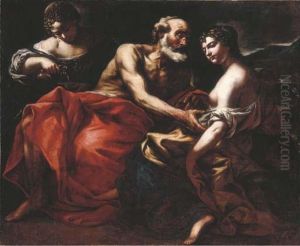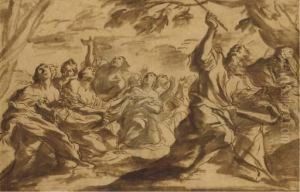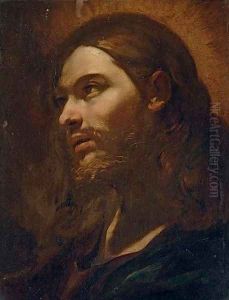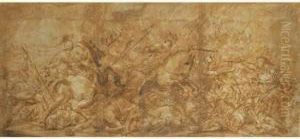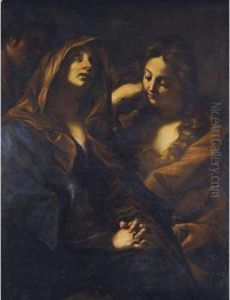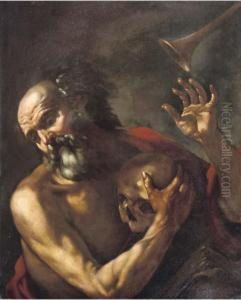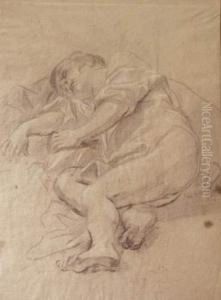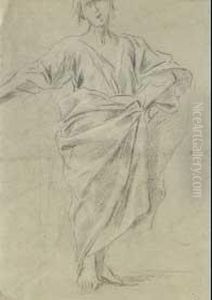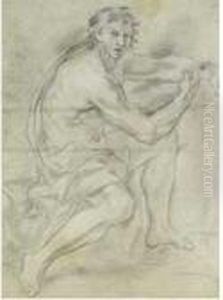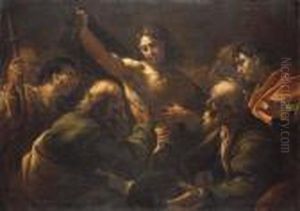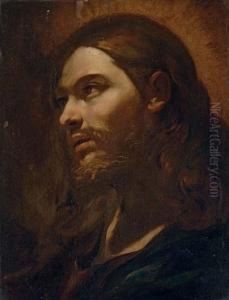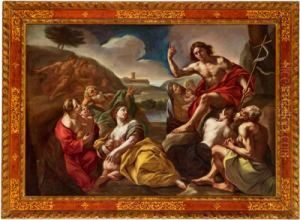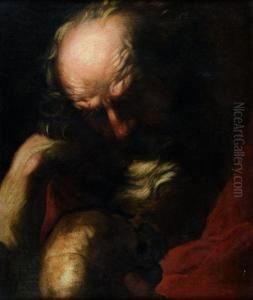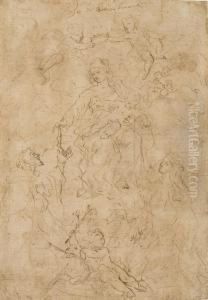Giovan Battista Beinaschi Paintings
Giovan Battista Beinaschi, also known as Giovanni Battista Beinaschi, was an Italian painter and engraver of the Baroque period, born in 1636 in Fossano, Piedmont, Italy. Known for his dynamic and dramatic style, Beinaschi's work was significantly influenced by the great masters of the Baroque, particularly by the works of Lanfranco, under whom he is said to have studied.
Initially, Beinaschi trained in Naples, where he developed his early style. His work was characterized by a strong use of color and light, typical of the Neapolitan Baroque movement. He became known for his frescoes and altarpieces, which often featured religious subjects depicted with emotional intensity and a sense of movement.
Beinaschi's career took him to various Italian cities, where he worked on numerous commissions for churches and noble patrons. His paintings are noted for their expressive figures and elaborate compositions, which often included intricate details and a masterful handling of perspective.
In Rome, Beinaschi's talent was recognized, and he received commissions to work on important projects, including the decoration of the church of San Andrea della Valle and the Basilica di Santa Maria Maggiore. His work in Rome helped to establish his reputation as a skilled painter of religious subjects.
Despite his success, details about Beinaschi's personal life remain relatively obscure, and his work was somewhat overshadowed by the more famous artists of his time. After a prolific career, Giovan Battista Beinaschi passed away in 1688 in Naples.
Today, Beinaschi's works can be found in various museums and churches in Italy and across Europe. While he may not be as well-known as some of his contemporaries, his contributions to the Baroque movement continue to be appreciated by art historians and enthusiasts for their vibrancy and emotional depth.
